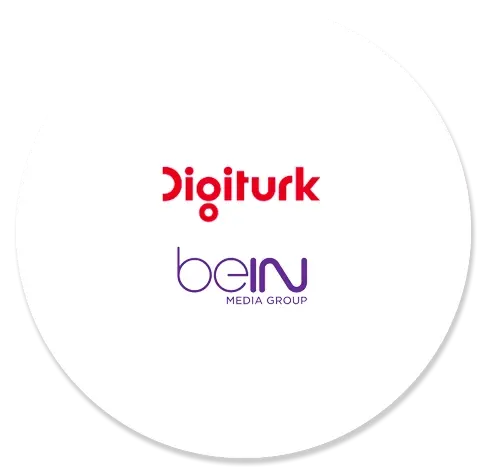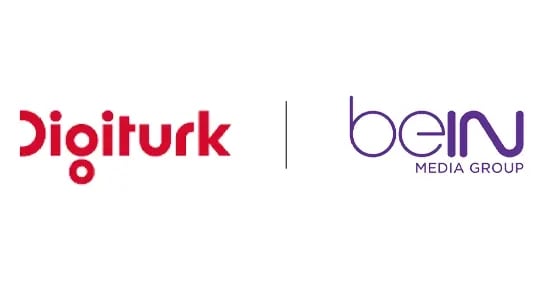Phase 1 - New Architecture, New Test Automation
Solution
We started by analyzing the team's project management structure. We identified areas for quick wins and strengthened the foundations by re-introducing project management fundamentals and implementing agile processes for the automation projects. Furthermore, we scheduled meet-ups that included retrospectives, sprint reviews, and grooming.
Modernisation processes often involve significant code changes. It is crucial to test every feature to ensure everything works as intended during the modernisation process. Therefore, we began designing a test infrastructure to address potential problems that may arise related to API services, ranging from functionality to performance issues. Our aim was to develop API tests that follow the microservice development plan and have a regression test suite to see impact results of any changes made.
We needed to decide on an API testing tool and framework. There were various options available, including paid and open-source frameworks and as a consultancy company, we evaluate and choose the most appropriate framework based on different factors.
Some of them are:
- Price
- Usability
- Reporting
- Learning Curve
- Development Cost
After considering our options, we chose Karate Framework to test APIs. We prepared and presented Proof of Concepts (PoC) to demonstrate the feasibility of our proposed API testing process, and we created tailor-made infrastructure for our customer's architecture.
When BeIN approved the change, we created a roadmap, divided into different phases.
As a part of Phase 1, we configured the project architecture to run load tests along with the API tests. We prepared the documentation in accordance with project requirements and rules. We trained the QA team through tutorials and technical sessions. We updated the existing test cases and created new ones for the microservices. Furthermore, we automated the Smoke and Regression test suites and integrated them with the Azure DevOps pipeline for scheduled testing.
Phase 2 - A Common Ground for Client Projects
Solution
The present Client Side (Web, Android, and IOS) test automation projects were written in Java / Selenium, Java / Appium, Javascript / Cypress and Objective C / XCUITest pairs.
We analyzed the structure of these projects and our client’s needs and decided that the best course of action was to gather all client side projects under a common roof - language, framework, and architecture. We decided on Ruby and Behavior Driven Development approach as our base. The reasons for this are:
- Easier to Learn
Learning Ruby, one of the high-level development languages, is far easier than learning Java or Objective C from scratch. So it allowed us to quickly onboard manual test engineers onto automation projects.
- Faster Development
Writing test scripts in Ruby is faster than writing in Java or Objective C. We chose Appium framework instead of XCUITest on mobile automation side because Appium is a cross-platform framework and this makes it possible to use the same functions in both IOS and Android projects; therefore cuts the developing efforts by half.
- Low Maintenance Cost
Development of mobile test automation projects are costly. Having both projects in the same structure decreased the maintenance efforts.
- Efficiency Through Standardization
The decision to use the same language and structure across all three automation projects enabled each team member to participate in the projects more efficiently. The iOS automation project was initially written in Objective-C using the XCUITest Framework, which was challenging for beginners to learn and write. By using Appium, a common ground was established for both mobile projects.
Adopting a BDD approach facilitated a common ground for Web, API, and Mobile projects, reducing the challenges of context switching between them. As a result, each team member was able to participate in two or three different projects simultaneously.
The first step was to migrate the Web project, which we then used as a model for the other two projects. We automated smoke and regression test scenarios and, once the web automation project reached a certain level of maturity (which took approximately six months), we began migrating the mobile projects. Because the Web project was regarded as a pilot project for the projects that would follow, and all team members were onboarded with it, it took a while to reach a certain level of maturity. However, the subsequent projects reached their maturity thresholds in much shorter periods since everyone was familiar with the project structure they have seen in the Web project.
We standardized methods and step names by making small modifications to the scenarios used on the web project, thus creating a structure that makes maintenance faster and makes reading and contributing to the code easier.
Phase 3 - CI/CD Integration
Solution
The existing infrastructure was built on Azure DevOps. To execute automated web tests in parallel, a structure was built with Selenium Grid 4. Pipeline was built, documentation was prepared and team members were onboarded to configure and use CI/CD integration.
To satisfy different workflow needs, a set of jobs was created in the pipeline:
- Smoke: This job is run once every morning to ensure essential futures of product work as intended.
- Regression: This job is run once every deployment to ensure that new developments do not break any existing features.
- Single & Multiple Tag: This job is to execute particular scenarios having a certain tag to test specific parts of application.
Creating an execution schedule for smoke and regression jobs helped us find out problematic features and take action about them on a daily basis. Also, environment variables such as driver instances (Chrome, Firefox, Safari), tags of the tests to be run, retry count and thread were configured, so that they can be passed as arguments.
Along with these, reporting the results of these test runs was crucial to detect failed tests and the problematic features. We used Cucumber Report for the reporting system. Also, a bash script was written to create custom html reports from execution results since Azure’s mail notification tool was producing confusing test summaries by showing rerun tests as distinct tests.
Phase 4 - Device Farm Integration
Solution
In a world overflowing with a large spectrum of mobile devices, testing the application on every device by purchasing and maintaining every one of them is not impossible but implausible since it is certain that it will cost you dearly. This is precisely where a cloud device farm comes to the rescue. Its primary advantages can be listed as follows:
- Device Diversity
- No maintenance costs
- Effortless scalability
- Increased Accessibility
- Exhaustive test logging
- Easy integration of new devices
- CI/CD Integration
- Hybrid & on-premise options
- Execution in different regions
When choosing a device farm service, we considered these criteria:
- Execution Speed
- Supported Operating Systems
- Supported Tool Stack
- Reporting / Logging
- CI/CD Integration
- Debugging
- Parallel Execution
- Community & Support
- Real Device Diversity
- Pricing
- Video Recording / Screenshot
- Beta Version Support
Then created POCs with several frameworks. What we finally decided on was the digital.ai Continuous Testing Platform, formerly known as Experitest.
Digital.ai Continuous Testing provides cloud and on-premise device farm service options. Our customer decided to have them on cloud with hybrid option having both private and public devices. After the installation, we implemented these devices to mobile projects and CI/CD processes.
With the help of digital.ai Continuous Testing and App Center APIs, the application version management was integrated to the automation processes.
Bein customer story video will be added.


